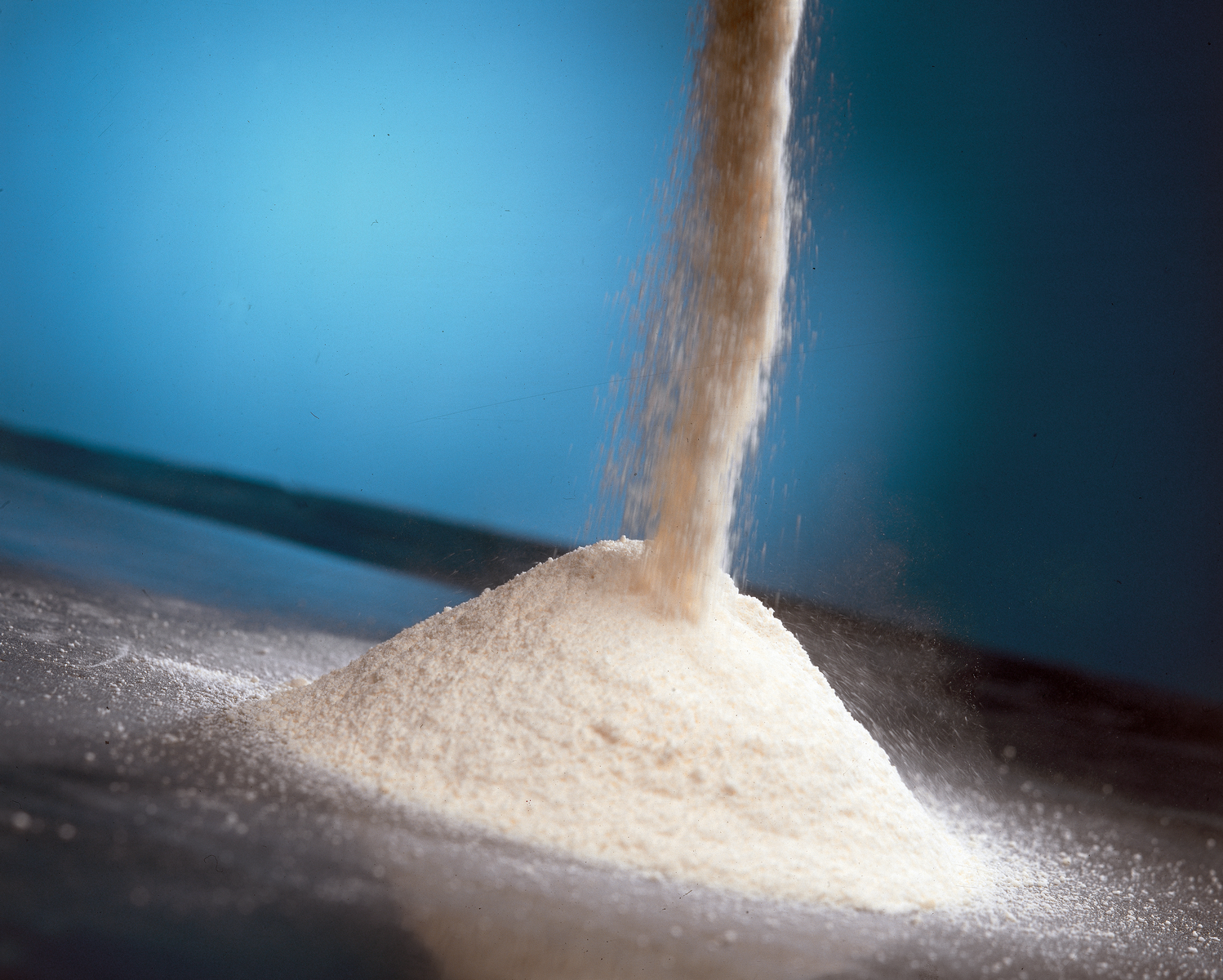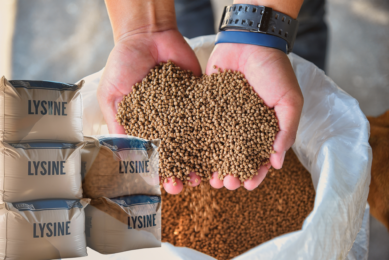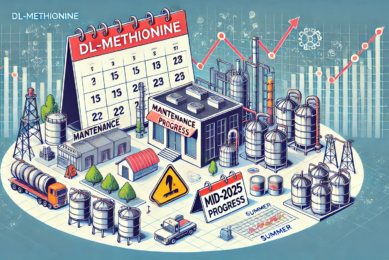2 key factors when dosing a premix

Dosing the right components in the right percentage for the mix is crucial when producing good quality animal feed or premix. Two key points needed when dosing is accuracy and speed.
Feed is becoming more and more detailed, sophisticated, and better balanced for the needs of the animal. Even the smallest deviation or variation in feed composition can have a big influence on the performance of the animals. Very specific and concentrated components like pure amino acids are also increasingly being added. A small shortfall in the desired wheat in feed will probably have little influence because the wheat itself has most of the nutrients of the end mix. A specific component like an amino acid instead alters the content of the end product, and probably the results at the farm.
We say “probably have little influence” with wheat because 1% overdosing of a macro (large) component will also directly affect the inclusion rate of the small components of the end product. If you are making 101% of your calculated formulation, the 1% of a small component is now 1% of 101% = 0.99% in the end product. In most mixes, one component is the limiting factor. This could be an amino acid or another, usually costly, component. Absence or shortness of this component directly influences the quality of the mixture and/or the results at the farm.
Inaccuracy in making feed mixes can be expensive
Let’s take an important amino acid in the feed industry, methionine, as an example and assume that the price is around $ 4,000 per tonne. Say that the formulation asks for 0.1% (1,000 g on a 1,000 kg batch). If we have a dosing inaccuracy (deviation from the desired weight) of 50 g, we will sometimes dose 1,050 g but also 950 g. On average we dose exactly 1,000 g, but the problem is that our batch can only contain 950 g. If we need to guarantee that we add a minimum of 1,000 g we must routinely add a 50 g safety margin to the mixture to maintain the required minimum of 1,000 g. The extra 50 g of methionine will not give better results, so the inaccuracy makes the mixture around $ 0.2 dollar more expensive with no benefit at the farm. That’s only one ingredient, per batch, every batch, every tonne. Calculate that for a year!
Accuracy and speed is key to dosing
So, the first demand in dosing clearly has to be accuracy. But we live in a production environment, which means that at the end of the day we also need to produce our tonnage. In other words, accuracy is number one but speed is a good second. We need to be both accurate and fast. Speeding up dosing must not result in more interruptions, since handling a single alarm will often set you back more than you are gaining by speeding things up. Does that mean you need to work slowly? No, absolutely not. But it is very important that you know what to do and how to tweak the system. The right parameters are essential for good (accurate and fast) dosing. Traditional control systems can give perfect results but you need experienced, skilled personnel, and it takes time. This is because you don’t need to tweak just once but repeatedly, since both circumstances and products are constantly changing. Don’t underestimate this: one hour per week, per dosing system is the absolute minimum for perfect dosing parameters.
Another challenge is that there are more ways to achieve a good dosing, and different people often have different opinions on how to get there. One operator’s settings in the morning are undone by the second operator in the afternoon. Eliminating these types of contra productive operator adjustments brings large gains.
Automated dosing system has its benefits
The benefits of automating dosing is that it saves time, since the operator can focus on all the other tasks at hand. Secondly, automation makes and changes the settings in line, directly, 24/7. So instead of evaluating once a week and changing the settings for the next batches, an automated system optimises all the time and on every dosing. Thirdly, the consistent control gives consistent dosings, making an extra safety margin unnecessary.
Tracebility is an important part of dosing
Doing things right is one thing. Proving you are doing things the way you say you are doing them is something else. Documentation is therefore another very important part in dosing. We need to prove that we have dosed correctly, record the total dosing amount, and provide the track and trace system with the right information. Altogether, dosing is the part of production that most clearly determines a big part of our total quality in the feed and related industries. How accurate and fast is your dosing and does your dosing live up to the modern-day demands?











